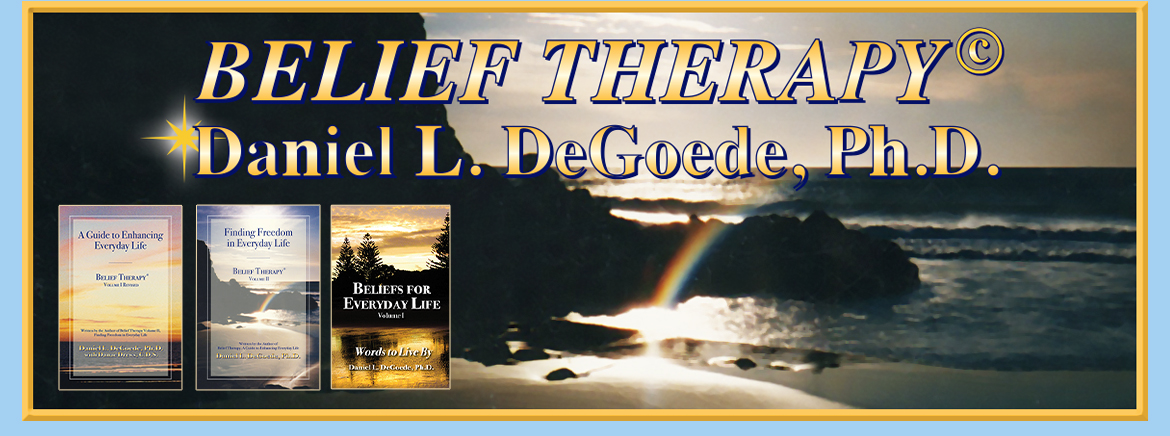The intent is a one-pointedness in our beliefs. Intent clarifies and energizes beliefs, giving them power and direction. The clear intent is one of the most powerful forces available to us.
When you choose a new belief, be forceful; fill that belief with energy. By fully accepting that our beliefs create our reality, we place into motion our committed intent. Barriers that have been blocking our movements begin to fall away as we gain confidence in our natural power to materialize our beliefs into reality.
This has always been happening. It’s just that we have not recognized or taken responsibility for this naturally unavoidable condition of existence. Taking responsibility for this with conscious awareness brings new freedom into our lives. Solutions become evident. Daily experience reveals answers to old problems that were always present but seldom seen. Suddenly, new directions, disguised as unnoticed choices, an opportunity where previously none was detected.
Your focus will direct your energy. Be aggressive. Birth is aggressive, life is aggressive, the unfolding of a flower is aggressive, and a thunderstorm is aggressive. These are all powerful expressions of intent. We have that same power available to us at all times – use it! If you don’t choose your beliefs, they will choose you. It is easier to choose your beliefs than to be thrown from one state of mind to another by unexamined and unknown ideas.

